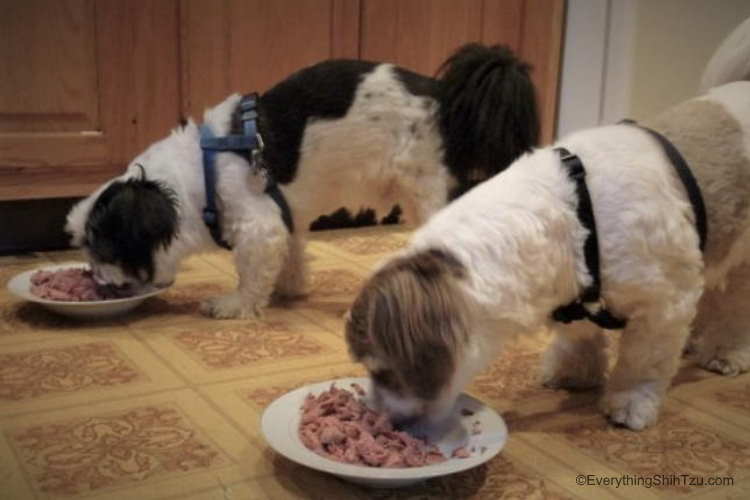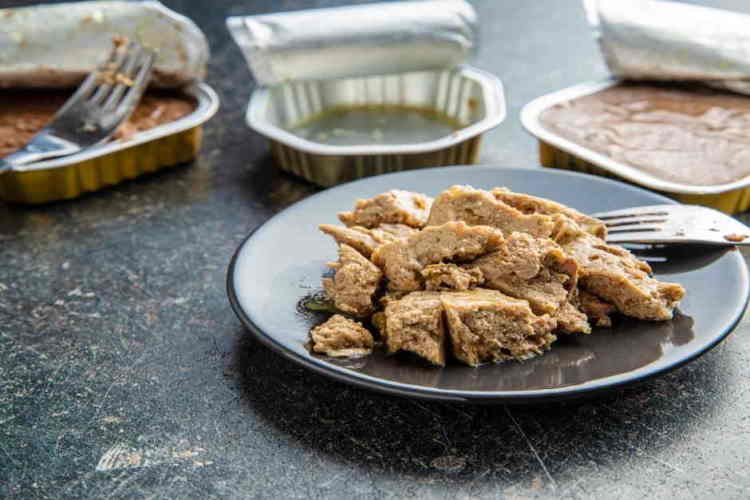- Home
- Shih Tzu diet
- homemade food
The Benefits of Homemade Dog Food: Making the Switch to Healthy and Nutritious Meals
By Everything Shih Tzu February 18, 2023
This post may contain affiliate links. Read privacy & disclosure policy for info
More and more pet owners are looking for ways to provide their canine companions with healthier and more nutritious meals.
One way to do this is by making homemade dog food recipes that are tailored specifically for your pup's needs.
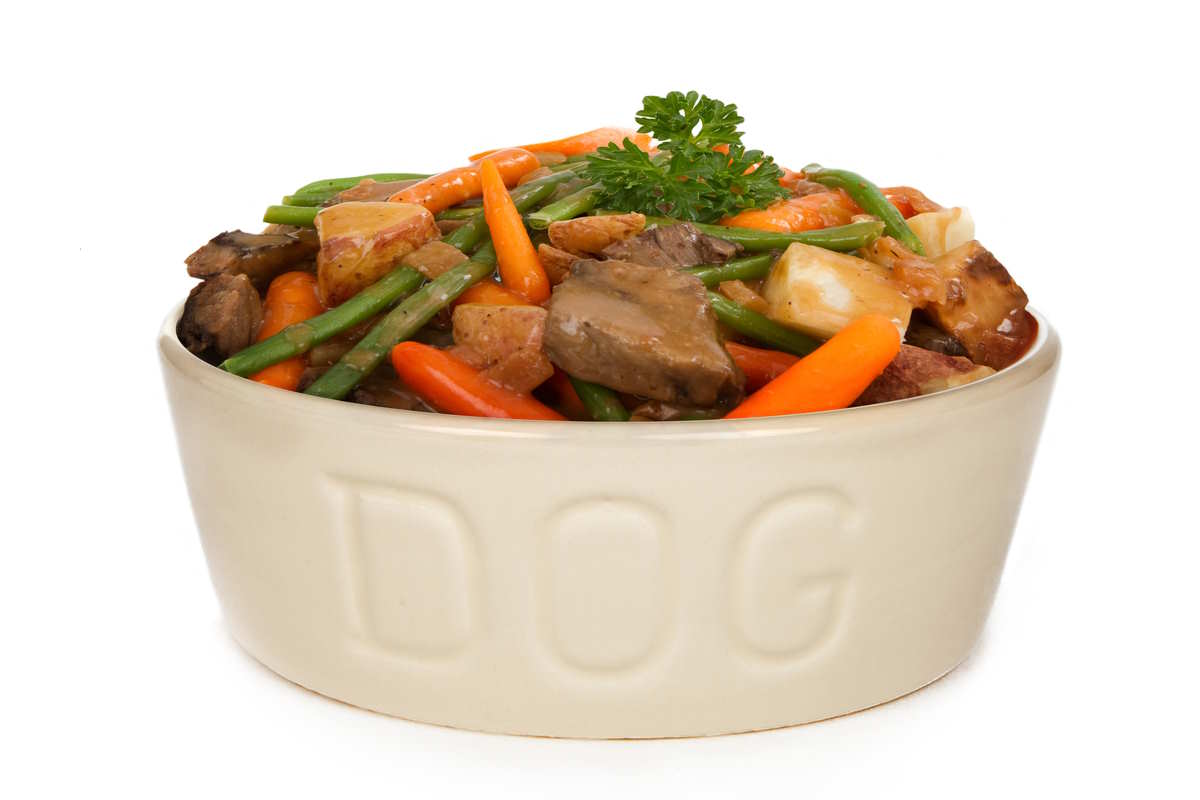
With the right ingredients, you can create a balanced diet that will help maintain your pup's energy levels, promote good health and even support their growth.
But why should you choose homemade over store-bought food for your Shih Tzu? That's what we'll be exploring in this guide.
- The benefits of homemade dog food for your Shih Tzu
- Nutritional requirements for your pup
- Essential ingredients for homemade dog food
- Sample recipes, tips and tricks for meal planning and shopping
- How to create a balanced diet plan
- Advice on portion sizes and how much food your pup needs.
So, if you're considering switching from commercial dog food to homemade, read on to learn how it can benefit your beloved pet!
Benefits of Homemade Dog Food
The growing trend of homemade dog food for Shih Tzu dogs is becoming increasingly popular due to the many benefits it provides their dogs.
Here are just a few examples of why homemade dog food is a better choice than the commercial store-bought varieties:
Tailored Nutrition
Making your own dog food at home gives you complete control over the ingredients, ensuring that your pet gets the best nutrition possible to meet their individual needs.
Some dogs may have sensitivities or allergies to ingredients commonly found in commercial dog food, making a homemade diet a better option.
Fresh ingredients
When you make homemade dog food, you can select fresh, high-quality, whole ingredients, free of preservatives, artificial colors or flavors, and other potentially harmful additives.
Store-bought dog food often contains preservatives and other artificial ingredients and can sit on a shelf for a long.
Cost Savings
Homemade dog food can be more cost-effective than purchasing store-bought food. You can save money on food costs, especially if you source ingredients in bulk or grow them yourself.
Convenience
Making homemade dog food can be a great time-saver.
You can create a big batch of recipes that will last several days or weeks, depending on your pup's needs. This can save you time and energy on meal prepping and allow you to spend more quality time with your pup.
Nutritional Requirements for Your Shih Tzu
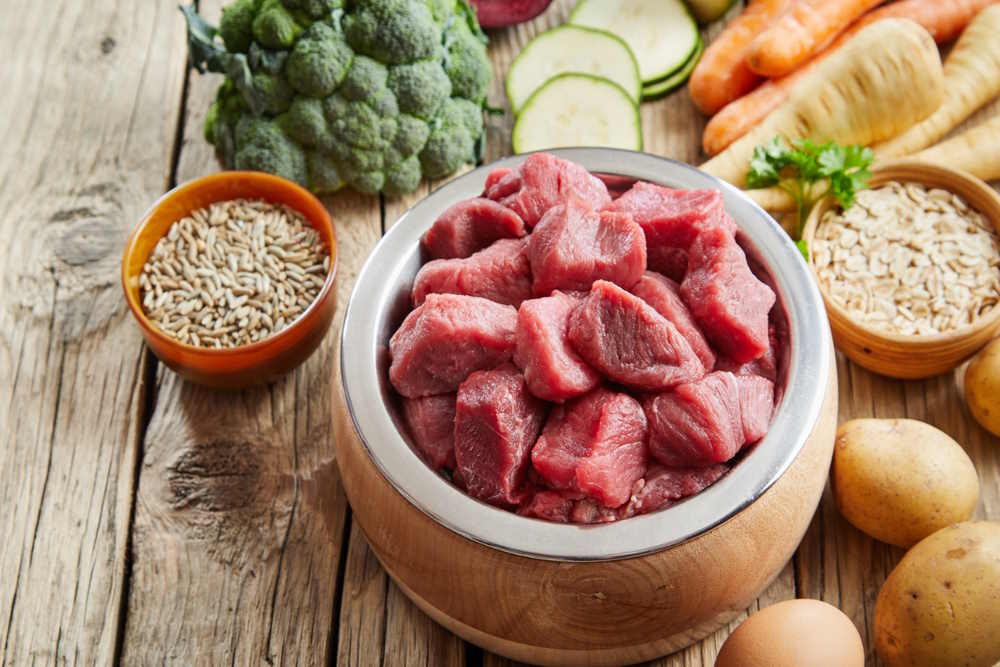
Before creating a balanced diet plan for your Shih Tzu, you'll need to understand their nutritional requirements.
A balanced diet for your Shih Tzu should include a variety of proteins, carbohydrates, fats, vitamins, and minerals.
Here are some of the key nutritional requirements for your pup:
- Proteins: Protein is essential for your pup's growth and development. Look for high-quality protein sources such as lean meats, fish, eggs, and beans.
- Carbohydrates: Carbohydrates provide your pup with energy and should make up a large part of their diet. Good sources of carbohydrates include whole grains, fruits, and vegetables.
- Fats: Fats are an important part of a balanced diet, as they provide essential fatty acids that support a dog's skin and coat. Good sources of fats include avocado, olive oil, and coconut oil.
- Vitamins and minerals: Vitamins and minerals are essential for your pup's health, so it's important to make sure they are getting enough of them. Look for foods that are rich in vitamins and minerals, such as leafy greens, sweet potatoes, and pumpkin.
- Water: Water is essential for all bodily functions, and it is important to provide fresh, clean water for your dog at all times.
Creating a Balanced Diet Plan for Your Shih Tzu
Now that you understand the nutritional requirements for your Shih Tzu, it's time to create a balanced diet plan.
Start by making a list of all the foods your pup likes, and try to incorporate a variety of proteins, carbohydrates, fats, vitamins, and minerals into their diet.
Consider your pup's age, activity level, and any health issues they may have.
For example, puppies need more protein and fat than adult dogs, and active dogs need more calories than less active dogs.
If your pup has any health issues, such as allergies or sensitivities, make sure to take that into account when creating their diet plan.
Avoid ingredients that are toxic to dogs, such as onions, garlic, and grapes.
The exact number of calories a Shih Tzu should consume in a day, including both meals and treats, depends on several factors such as age, weight, activity level, and overall health.
As a general guideline, a healthy adult Shih Tzu may require around 200 to 300 calories per day.
Puppies and older dogs may have different calorie needs.
However, it is strongly recommended you consult with a veterinarian to determine the appropriate caloric intake for your individual dog.
And keep in mind that treats should make up no more than 10% of a dog's daily caloric intake.
Essential Ingredients for Homemade Dog Food for Shih Tzus
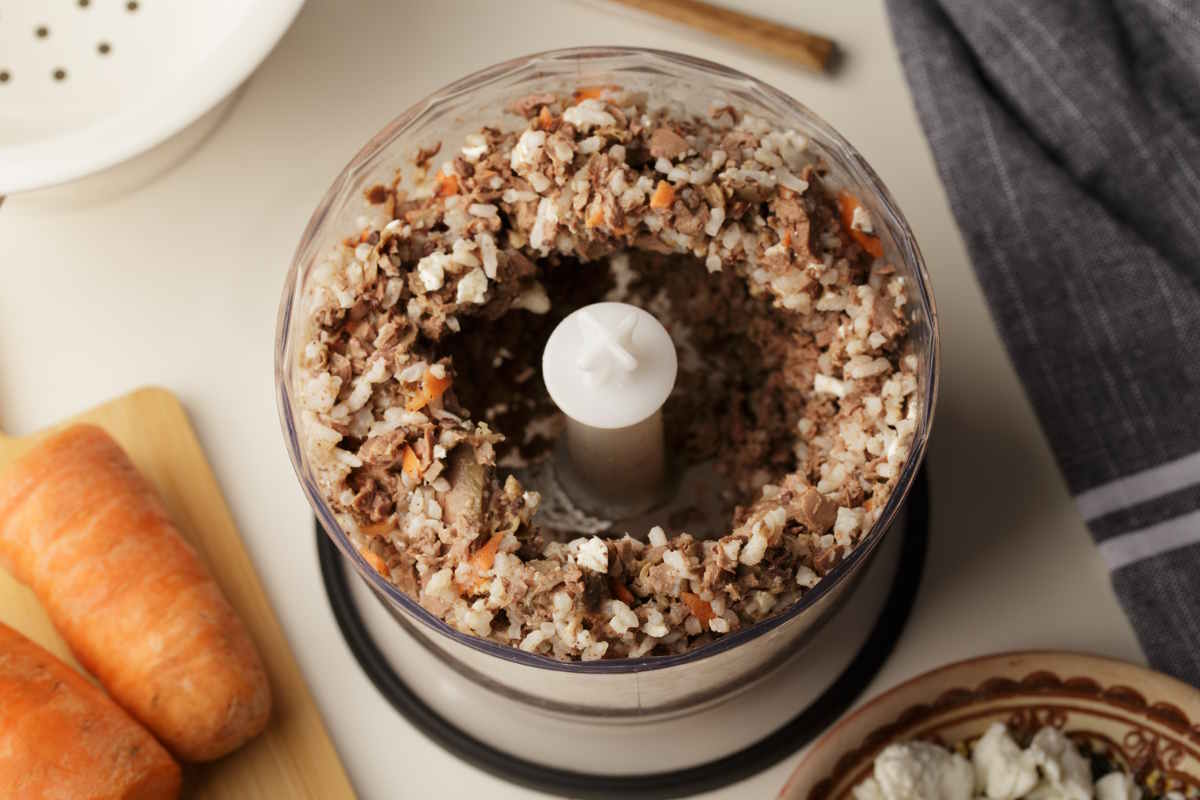
Now that you have a balanced diet plan for your Shih Tzu, it's time to start gathering ingredients.
Here are some of the essential ingredients for homemade dog food for Shih Tzus:
- Lean meats: Lean meats such as chicken, turkey, beef, and fish are an excellent source of protein for your pup.
- Fruits and vegetables: Fruits and vegetables are a great source of vitamins and minerals and can provide a tasty addition to your pup's diet. Look for dark leafy greens, sweet potatoes, carrots, apples, and bananas.
- Healthy fats: Healthy fats such as olive oil, avocado, and coconut oil are important for your pup's health.
- Whole grains: Whole grains such as brown rice, oats, and quinoa are a great source of carbohydrates and fiber.
- Supplements: If your pup is not getting enough vitamins and minerals from their diet, consider adding a supplement such as fish oil or a multivitamin.
Measuring Ingredients for Small Dogs
When making homemade dog food for a small dog, such as a Shih Tzu, it is important to measure the ingredients accurately to ensure that the dog is receiving the proper balance of nutrients.
Here are some general guidelines for measuring ingredients:
- Protein: A typical serving size for a small dog is 1/4 to 1/2 ounces of protein per day, depending on the dog's size, age, and activity level.
- Fat: A serving size of healthy fat, such as olive oil or flaxseed oil, is typically 1 teaspoon per day.
- Carbohydrates: A serving size of complex carbohydrates, such as brown rice or sweet potatoes, is typically 1/2 cup per day.
- Vegetables: A serving size of vegetables is typically 1/2 cup per day, divided among a variety of vegetables.
- Supplements: Follow the manufacturer's instructions for serving sizes of calcium and vitamin-mineral supplements.
It is important to consult with a veterinarian to determine the appropriate serving sizes and ratios of ingredients for your individual dog, taking into account their age, activity level, and other factors.
Additionally, it is important to measure ingredients accurately to ensure the dog receives a balanced and nutritionally complete diet.
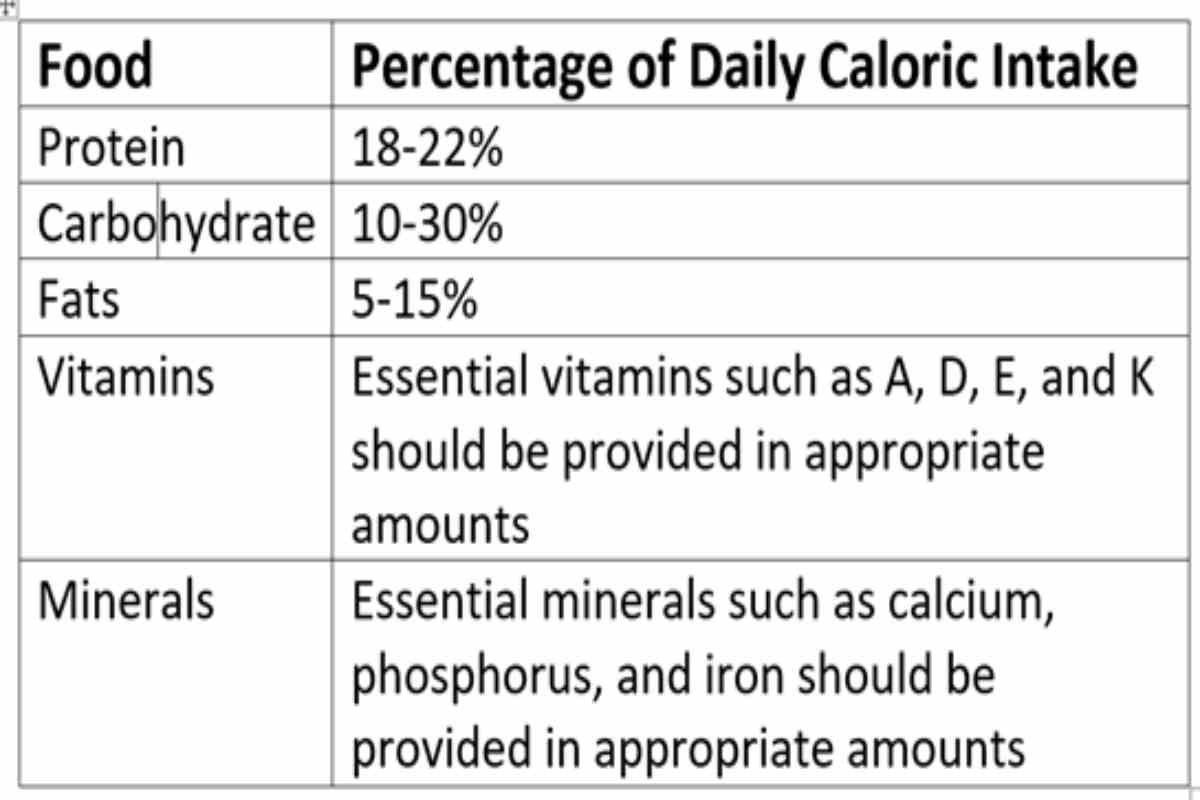
Sample Recipes for Homemade Dog Food for Shih Tzus
Now that you have all the ingredients, it's time to start cooking! Here are some sample recipes for homemade dog food for Shih Tzus:
- Chicken and Rice: Cook ½ cup of brown rice and 1 cup of diced chicken in 2 tablespoons of olive oil. When the chicken is cooked through, add 1 cup of diced vegetables such as carrots and sweet potatoes. Cook for another 10 minutes, then serve.
- Fish and Veggies: Cook ½ cup of quinoa in 2 tablespoons of olive oil. When the quinoa is cooked, add 1 cup of diced fish and 1 cup of diced vegetables such as broccoli and spinach. Cook for another 10 minutes, then serve.
- Turkey and Sweet Potato: Cook ½ cup of brown rice in 2 tablespoons of olive oil. When the rice is almost cooked, add 1 cup of diced turkey and 1 cup of diced sweet potato. Cook for another 10 minutes, then serve.
Tips for Meal Planning and Shopping for Ingredients
Meal planning and shopping for ingredients can be daunting, but it doesn't have to be!
Here are some tips for making meal planning and shopping for ingredients easier:
- Plan ahead: Meal planning is key to ensuring your pup gets a balanced diet. Make a list of the foods your pup likes and plan meals for the week. This will make meal prep easier and save you time and energy.
- Buy in bulk: Buying in bulk can save you money and time. Look for sales and stock up on items that you can use for multiple meals.
- Shop local: Shopping at farmers' markets and stores can help you find fresh, high-quality ingredients. Plus, you'll be supporting your local economy!
Tips for Storage and Meal Prep for Homemade Dog Food
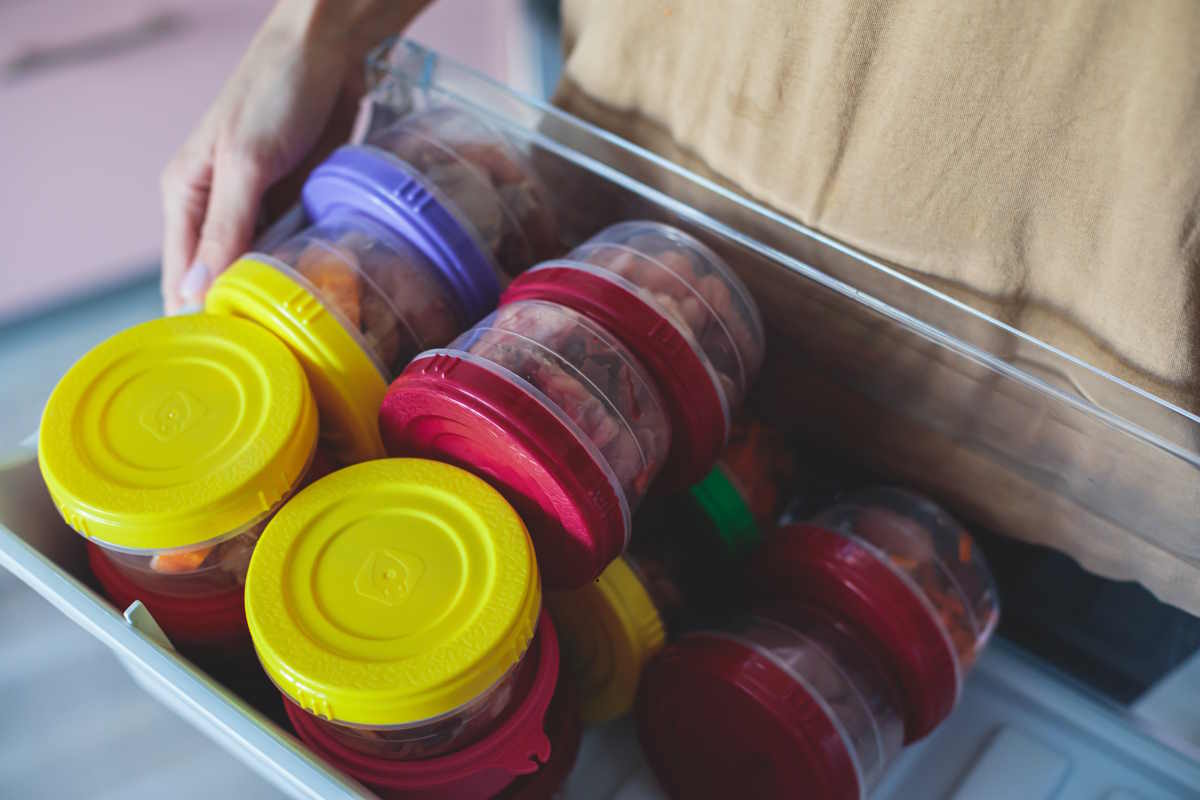
Now that you have all the ingredients and recipes, it's time to start meal prep!
Here are some tips for storage and meal prep for homemade dog food:
- Store in airtight containers: Store homemade dog food in airtight containers in the refrigerator or freezer to maintain freshness and prevent contamination.
- Portion control: Portion the food into individual servings for easy thawing and feeding, and consider using a food scale to ensure accurate portion sizes.
- Label and date: Label each container with the date it was made and the ingredients used, and rotate the containers so that the oldest food is used first.
- Proper thawing: Thaw frozen dog food in the refrigerator overnight or in the microwave, taking care to avoid overheating and uneven thawing.
- Reheat safely: Reheat refrigerated or thawed dog food in the microwave or on the stove, taking care to avoid overheating and uneven heating.
- Avoid leftovers: Discard any uneaten food after each meal, as leaving food out for extended periods can promote bacterial growth and increase the risk of foodborne illness.
Alternatives To Homemade Dog Food
Fresh dog food can be a good alternative to homemade dog food as long as it provides complete and balanced nutrition for your dog's needs.
Fresh dog food is typically made with high-quality, human-grade ingredients and is minimally processed to retain the nutrients and flavors of the ingredients.
It is often packaged and sold frozen or refrigerated and is meant to be served as a replacement for traditional kibble or canned dog food.
However, not all fresh dog food brands are created equal, and it's important to carefully review the ingredients list and nutritional information to ensure that the food meets your dog's dietary requirements.
Farmers Dog offers a wide variety of meal plans to fit your dog's specific needs, based on their age, weight, and activity level. You can be sure that your furry friend will be getting all the nutrients they need with this fresh dog food.
Not only is Farmers Dog committed to providing high-quality ingredients in their food, but they're also passionate about creating an enjoyable experience for both you and your pup.
With easy and customizable meal plans, it's simple to get started with this fresh dog food brand.
Click here to learn more about Farmers Dog and find the perfect meal plan for your pup!
Weigh the pros and cons of homemade vs fresh food delivery, then decide which is best for your furry family member!
To recap, feeding your dog a homemade diet can offer many benefits, including the ability to control the quality and source of ingredients, tailor the diet to your dog's specific needs, and potentially save money.
Essential ingredients for a balanced and nutritionally complete diet include protein, fat, carbohydrates, vegetables, and supplements.
Planning meals for your dog involves determining the appropriate serving sizes and ratios of ingredients, and consulting with a veterinarian to ensure the diet is appropriate for your individual dog.
Proper storage and meal prep for homemade dog food includes using airtight containers, portioning into individual servings, labeling and dating, thawing and reheating safely, and avoiding leftovers.
By following these guidelines, you can ensure that your dog receives a balanced and nutritionally complete diet when eating a homemade diet.
And remember that it is important to always consult with a veterinarian to ensure the diet is appropriate for your individual dog and their specific needs.
Bon appétit, pooches! Happy chowing down on that home-cooked meal.
- Home
- Shih Tzu diet
- homemade food
